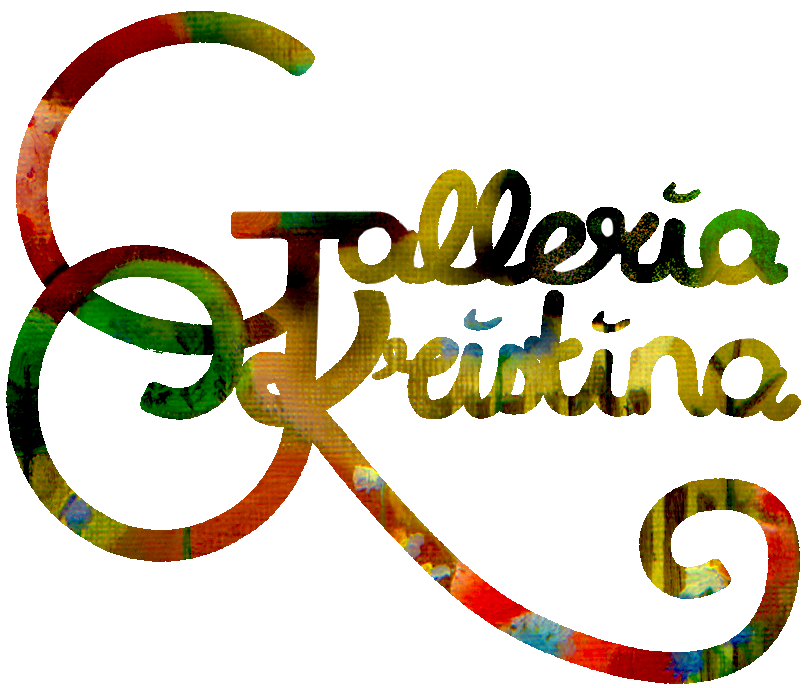
“Long before our children learn about the alphabet and begin to write, drawing plays an important part in their literacy.” (firstfiveyears.org – Early learning)
According to Dr Noella Mackenzie, Associate Professor in literacy studies at Charles Sturt University, we need to give children’s drawing ability the same kind of recognition that we give to their babble. When a child starts trying to utter words, we instinctively know as adults that we need to encourage and praise this, to help nurture their oral communication skills. But do we realise the importance of another, often overlooked early mode of communication… to draw?
“We need teachers to understand that drawing is an important mode of communication or text creation. It’s not just a precursor to writing real words, it’s a mode in its own right.” says Dr. Mackenzie.
According to Dr. Mackenzie, when drawing is encouraged, children can create sophisticated visual texts, which in turn enables them to instinctively start to add labels and words.
“How do we encourage them? We encourage it by valuing it. It saddens me to think that many children come to school drawing and talking but then we focus so much on the written word that the talking and drawing take second place.”
Once you start thinking about what Dr. Mackenzie is saying, you can’t help but see the difference in value we place on our children’s developmental stages. So many of us, without even realising we are doing it, place a higher value on children’s first steps, first word, the alphabet etc, but their drawing skills are seen as a kind of “nice to have but not that important really”.
Recognise the importance of the foundations of communication that children already possess and you will teach them that writing is simply an extension of these existing forms rather than a replacement.
